Ukrainian and Russian forces have been locked in either dogged stalemate or vicious urban fighting for towns and cities in the Donbass and in the north of the country throughout winter. As the bitter Ukrainian winter thaws, the war will soon take on a more deadly momentum as the spring rains of the Rasputitsa give way to better weather for mobile units.
This week marks a year since Vladimir Putin’s invasion. The campaign has been calamitous for Russia: 86,000 soldiers have been killed and wounded. The death toll will rise in the coming weeks. Yet Putin’s regime still not only manages to keep a lid on internal descent, but continues to enjoy a high-level of sustained support for the war.
Since winning ultimate control of the country, Putin and his coterie of advisers have reignited the state’s Cold War attitude to the West, effecting a policy of destabilisation and incremental advances to retake lost territory, such as Crimea in 2014 – and wrapped this policy in the cloak of patriotism.
To the Russian people, including Putin himself, the Great Patriotic War of 22 June 1941 to 7 May 1945 resonates as strongly today as it ever has. How could it not? Adolf Hitler’s all-conquering forces were broken on the Eastern Front. Many Russian historians see D-Day and the Battle of the Bulge in the West as mere sideshows. Being educated in Putin’s classroom’s today means a student of history knows in detail that the country suffered horrendous losses, over 27 million dead as well as 78,000 villages, towns and cities destroyed across the western half of the old Soviet Union. Including Ukraine. Every family across the great expanse of Russia and its republics relates to these losses personally. In my journeys to the country, researching and writing my books, I haven’t met one Russian who hasn’t lost a relative in the fighting. Reclaim the country’s glorious past in the war and you are well on your way to justifying any military policy you need to carry out in the name of Mother Russia. One city, and one battle in southern Russia is a pillar of this doctrine: Stalingrad.
Believing in the many myths of the Great Patriotic War has never seemed so important to the average Russian today
February marks the eightieth anniversary of the Red Army’s victory over Hitler’s Sixth Army, the five-month-long battle witnessed unparalleled carnage: over 1.5 million combatants killed, sixty-thousand civilians and a city reduced to ruined ashes. Despite this, it was the turning point of the war, as the historian John Erikson surmised:
‘Stalingrad set the Soviet Union on the road to being a world power.’
The battle destroyed any hopes of Hitler winning the war; the Soviet Union was simply too large and its forces too strong. By the summer of 1943, the tank battle of Kursk would signal that the war’s outcome would see the now motorised Red Army in Berlin. Stalingrad would be designated a ‘Hero City’ by the leader it was named for and quickly rebuilt in the 1950s, to then be renamed by his successor Nikita Khrushchev as Volgograd. But to the locals the city will always be Stalingrad. The city’s mayor and local governor recently announced before Christmas that a new vote would be held in 2023 to revert to its wartime name. In the current climate, one would foresee this being a formality.
The historian in Putin has seen him express the need for Russia to increase its ‘patriotic education’ of the country’s youth, with government edicts that historical texts for school books be rewritten and standardized to provide the ‘true’ version of events. Any dissenting voices amongst academics prior to the Ukrainian conflict were silenced, the most high-profile being Yury Dmitriev, sentenced to 15 years in the very gulag system his studies on Stalin-era crimes have unearthed.
The Russian leader’s desire to reclaim the past first occurred at the same time the rebel republic of Chechnya was being ground to dust by Russian forces at the start of the Millennium. For Putin, Stalingrad is the cornerstone of a policy to link the suffering and glory of the Second World War to a greater Russia today. Which means, as a direct result, the myths and legends that sprung from the battle and endured throughout the years of the Cold War, need to be recalibrated to suit the regime’s Ukrainian storyline: that of a nation reclaiming its rightful place in Europe and the wider world. Downtrodden, forsaken and attacked by the West, it will rise from its knees, according to Putin’s rhetoric which sounds like an echo from the 1930s:
‘The desire to live according to one’s will, to choose one’s own path and follow it, has become part of the genetic code of our people.’
Producing anything that counters this is seen by the powers that be in Russia as untenable. In no other country is the Second World War referred to as ‘Patriotic’; and unlike the United States, Russia records its own entry into the conflict as when it was invaded on 22 June 1941. For schoolchildren across Russia, that is when their war began – anything else is superfluous. By cementing this into the minds of upcoming generations, thus can the present Russian government reinforce the ‘heroic myth’ the country at present wallows in.
At the beginning of 2023, when the stakes are high for Putin and his war in the Ukraine, these tropes are being wheeled out
A cornerstone of this programme is celebrating all aspects of the country’s colossal sacrifice during the Second World War. And if there is one place across the vast territory Hitler wished to wrench from Joseph Stalin, it is the city by the Volga named after him. Within an urban battle involving millions of combatants for a modern city twenty miles in length, one can find dozens of mini-battles for key positions and buildings. One stands out for all Russians: Pavlov’s House. This bombed-out, four-storey apartment block in the centre of the city would be made famous by Red Army war correspondents as the fighting raged around it during that bitter winter of 1942.
The sacrifice and heroism of the tiny band of Soviet guardsmen who defended the building against incessant German infantry and air attacks was reported in the Soviet media and dramatised on national radio by Stalin’s favourite broadcaster, Yuriy Levitan. Throughout the Cold War, Putin, like millions of Soviet children grew up on this story of daring do. Today this epic fight has been portrayed in Russian films, as well as developed into a key level in the computer game blockbuster Call of Duty.
As a student of East European history, I was eager to travel to Volgograd in lockdown 2020 to see the restored building, but more importantly research eyewitness testimonies from those involved. Like many of the legendary stories of heroism and sacrifice from Stalingrad, the details from Pavlov’s House begin to unravel under historical scrutiny. From snipers, to suicidal frontal assaults to recapture enemy positions, the doctrine of Stalin’s ‘Not One Step Back’, and defending key positions against overwhelming odds, one has to tip-toe through the material to find the truth. German troops were wary and did suffer casualties from Red Army marksmen; and Pavlov’s House was the scene of house-to-house fighting. But both were quickly built into legends by Soviet propaganda, to boost morale of a country on the brink of defeat against a remorseless enemy in the winter of 1942. As the saying goes, they became ‘too big to fail.’ And certainly, at the beginning of 2023 when the stakes are just as high for Putin and his war in the Ukraine, these tropes are being wheeled out; the use of the term ‘de-Nazify’ is prevalent in Russian state media.
Last month, the Russian military held a high-profile photoshoot in front of Volgograd’s most famous landmark, the Mamaev Kurgan complex. Arguably the most contested piece of ground in any theatre of the Second World War, this three-hundred-foot hill dominates the city and the river Volga which flows nearby. It is here that post-war Soviet reconstruction based its powerful and emotive commemorative statue, The Motherland Calls! The largest free-standing figure in Europe and higher than New York’s Statue of Liberty, the former’s pull to Russian patriotism is just as strong as the latter to the American public.
The newly-trained Stalingrad Brigade formed up for the cameras, the recruits taken from the city and surrounding areas, dressed in fatigues, their faces covered, and sent off by a rapturous audience to their destiny in Ukraine. Possibly to tackle German Leopard 2 tanks in the Donbass region. The unit’s insignia of The Motherland Calls harked back to greater glories, and a direct, somewhat grotesque link to the achievements of the Red Army at Stalingrad in that winter eighty years ago.
Back then, the Red Army contained recruits from the fifteen republics of the old Soviet Union. The biggest ethnic group outside of Russia happened to be Ukrainian. More Ukrainians died or were wounded fighting for Stalin than the combined losses of the United States, Great Britain and France. Like many ethnic groups after the war, their contribution was watered down, their own heroes side lined.
President Putin failed to address this in his speech at the city’s celebrations, instead displaying incredulity at how German tanks with black crosses on their hulls, were once again on the borders of sacred Russia.
As western debates of what level of weaponry to supply Ukraine, the bulk of Russian citizens fall back on their patriotism and put their faith in their armed forces. Believing in the many myths of the Great Patriotic War has never seemed so important to the average Russian today. The question the West is asking is this: will Putin repeat the mistakes of his great predecessor Joseph Stalin to micromanage another failed spring offensive? We will know soon enough.
Got something to add? Join the discussion and comment below.
Get 10 issues for just $10
Subscribe to The Spectator Australia today for the next 10 magazine issues, plus full online access, for just $10.

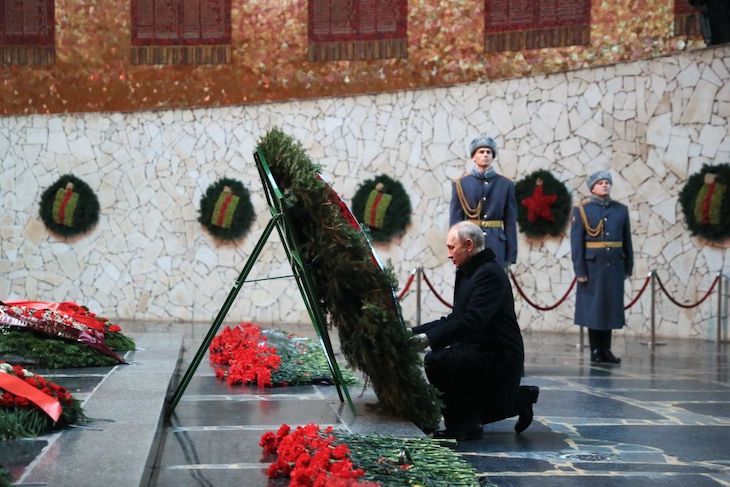
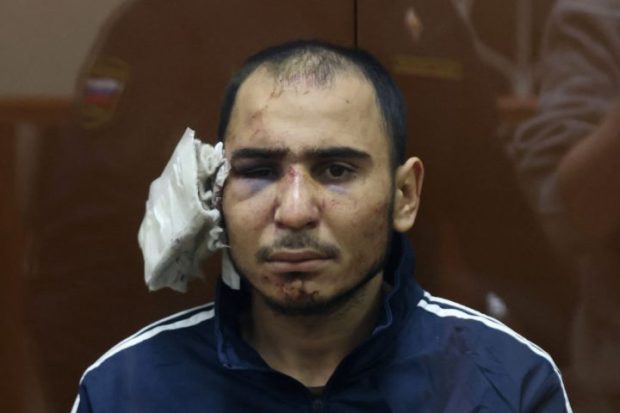
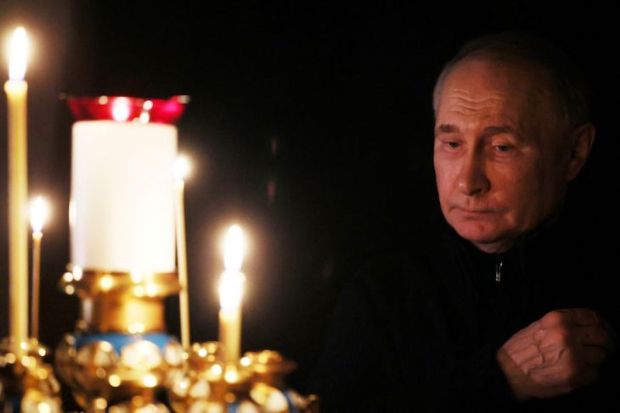
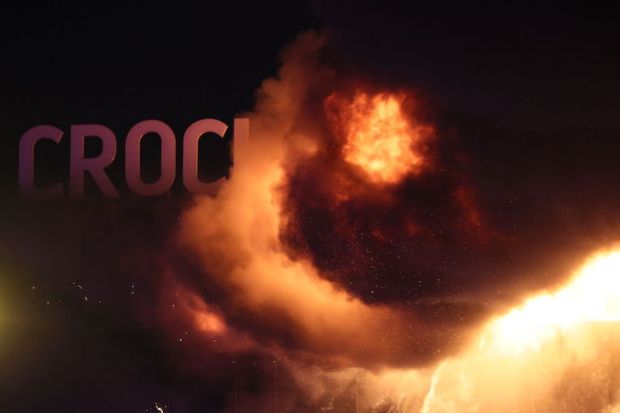
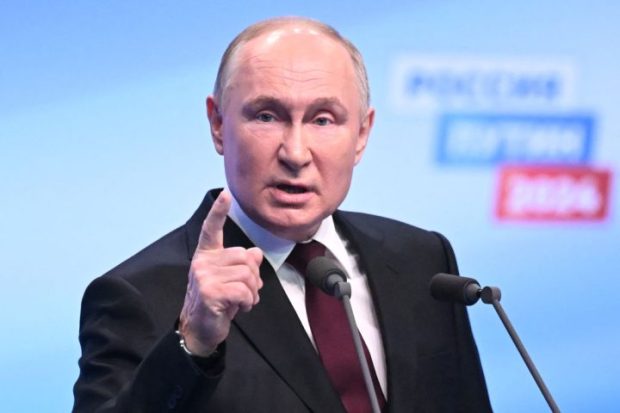
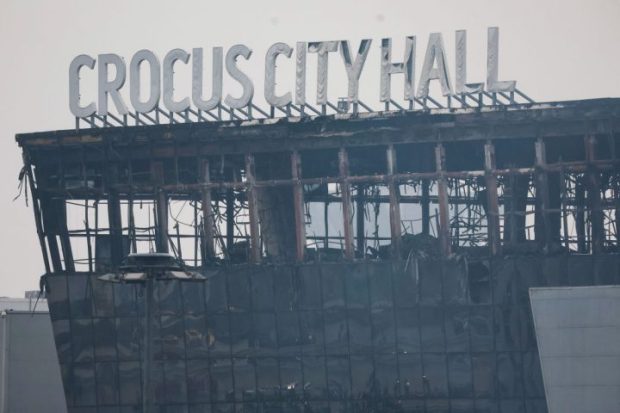
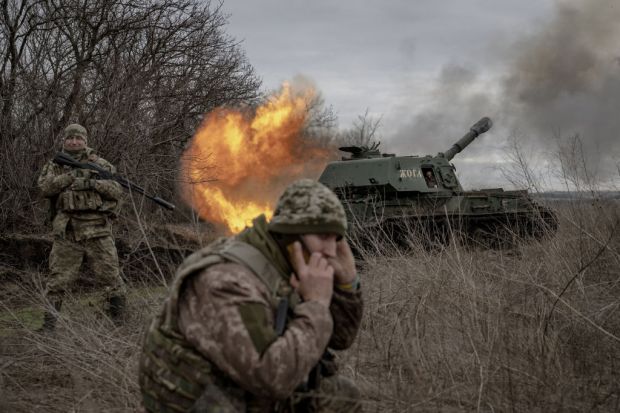












Comments
Don't miss out
Join the conversation with other Spectator Australia readers. Subscribe to leave a comment.
SUBSCRIBEAlready a subscriber? Log in